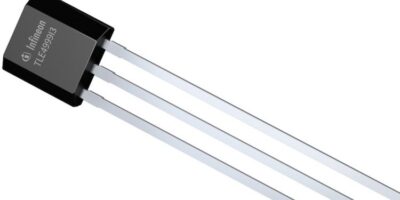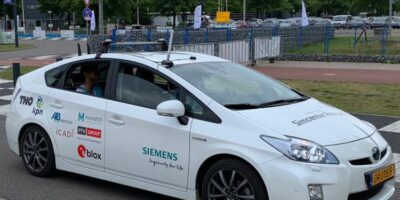Infineon Technologies believes that the Xensiv TLE499913 is the industry’s first monolithically integrated linear Hall sensor developed entirely according to the safety standard ISO26262 for automotive applications.
The single sensor enables the development of fault-tolerant systems that have to meet the highest level of functional safety (ASIL D), says Infineon, such as electric steering systems, electric throttle control systems, and pedal applications.
ISO26262 requires a system to keep functioning even if a single fault occurs, or a single components fails. The TLE4999I3 allows uninterrupted operation at system level. It consists of a monolithic design with two independent Hall elements. Their signal paths are separate from each other and internal control mechanisms carry out a plausibility check of the sensor data already within the chip. The linear Hall sensor also provides extensive status information to the system.
In addition to functional safety, the TLE4999I3 also offers very high magnetic sensitivity with an error tolerance of less than two per cent. The offset error drift, another important parameter for magnetic sensors as it determines the absolute position in a magnetic field, is maximum 100 microT, or half that of comparable products, claims Infineon. The values of these parameters apply across the entire temperature range and lifetime of the product.
The TLE4999I3 allows two magnetic ranges of ±12.5 and 25mT to be adjusted. These low values allow the use of relatively small and, consequently, inexpensive magnets.
A PSI5 communication interface is a current interface, requiring little wiring and offering “an excellent electromagnetic performance” according to Infineon. The TLE4999I3 is suitable for applications in which it is connected to the control unit over large distances as it supports cable lengths up to 12m.
The TLE4999I3 sensor is supplied in a PG-SSO-3 package and is qualified according to AECQ100, Grade 0 for use in applications with ambient temperatures of 150 degrees C during average operational conditions.
Infineon will be exhibiting this and other sensor solutions at the Sensor+Test 2019 trade fair (Nuremberg, 25 to 27 June 2019) Hall 1 – booth 429.






